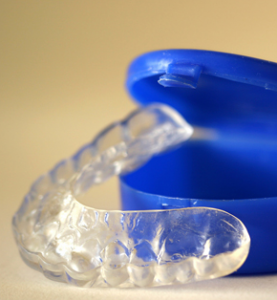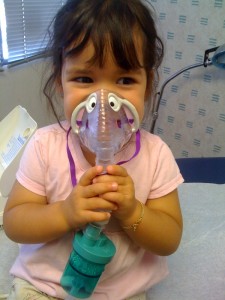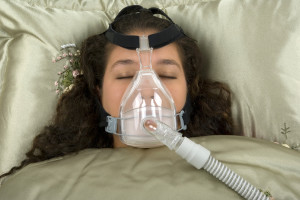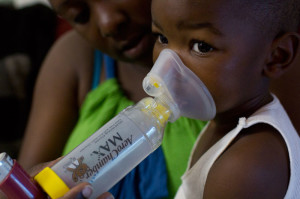How to Use and Maintain a Breathing Machine
You have no control whatsoever over the size of your airway or jaw or the shape of your face. There are, however, things you can control with ease that can help suppress your sleep apnea. Of course you’ll need a breathing machine or a sleep apnea mouth guard. But like you’ll find out later, such treatment options only work well if you watch your habits. You can control the following:
- Your weight
- Your diet
- The kind of medications you take
- How much you smoke
- The amount of alcohol you consume
Maintaining a healthy diet or quitting alcohol may seem like an uphill task. Try your best all the same. Then consider the following tips regarding your breathing machine and how to use it properly.
Basic guides about your machine
- Use It every night
Treat your breathing device like a prescription. It may be uncomfortable but like you will find out later, you just can’t do without it if all you need is some sound sleep. Think of it this way; the continuous air stops your 300 plus breathing cessations, which keeps you from sleeping well. With your breathing device, this won’t happen at all. The bottom line therefore is simple; you just can’t do without your breathing device if you want to sleep like a toddler.
- Give it time
You will have some difficulties getting used to wearing your breathing mask. After some time, however, you will sleep sound soundly that you won’t even feel it. Don’t worry, one way or the other, you will get the hang of it and wrap your head around the fact that you really can’t do without the device. If for any reason you still find your breathing machine uncomfortable after two or three weeks, talk to your sleep specialist or your doctor. It is their job to ensure that your breathing device works well for you. Just don’t give up and ditch it. Eventually, you’ll find that once the initial bugs are worked out and fixed, your device will provide more comfort than discomfort.
- Clean the mask, filter, straps and reservoir
Be careful when cleaning your device. Soak the reservoirs well in bleach regularly to prevent bacteria from building up, then rinse it thoroughly before using. Do not use strong detergents to clean your breathing machine for sleep apnea. Instead, use disinfectant wipes to clean the straps and mask. Remember to allow your device to dry well under cool conditions. Blow off dust from the filter and other areas to prevent anything that can trigger allergies. Speaking of allergies, treat your sleep apnea device like you would your breathing machine for asthma.
- Be careful with the head gear
Always adjust the straps of your head gear properly, so as to create a comfortable seal around your face. In other words, air should not escape from the mask. You’ll know this is happening should the mask start hissing. Have your device fitted by a specialist before going home with it. If you need to readjust it, be careful or seek assistance from a specialist. This is simply because the straps won’t fit correctly if the mask is adjusted regularly.
More tips to consider
Apart from breathing devices and complicated treatment options, there is always something you can do to improve your sleep apnea condition. Work out, eat well and divorce unhealthy habits. Before you know it, you won’t need that breathing machine as much.
This may happen as a result of you outgrowing your condition and religiously using it, whether it’s a breathing machine for kids or adults alike. Remember that you really have to be patient with your machine, if you want to use it to your advantage. Don’t just give up on it on the first or second week.



